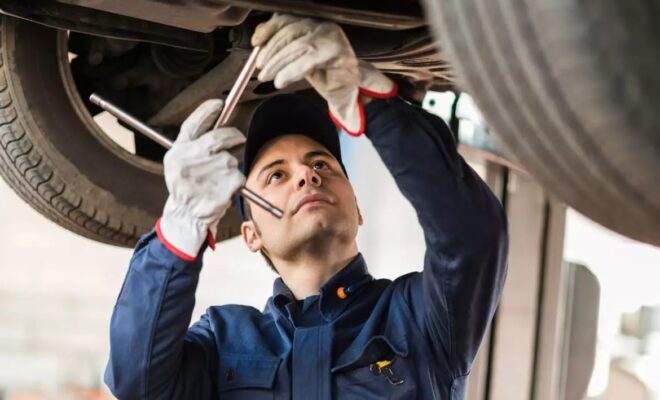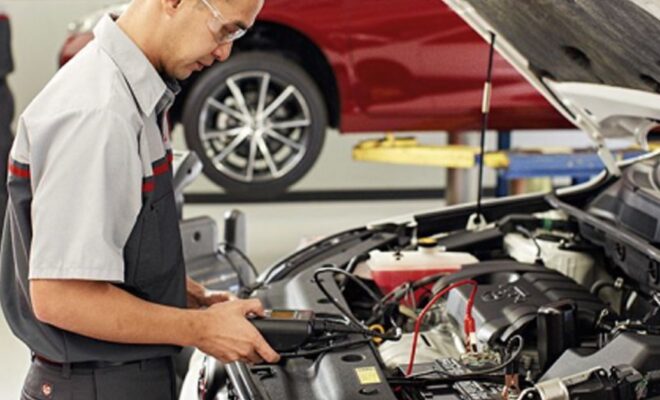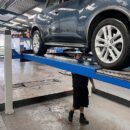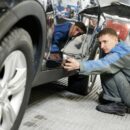The Role of Proper Tire Pressure in Extending Tire Lifespan

Not only is it important for safety, but maintaining the proper tire pressure also helps to prolong the life of your tires. The impact that appropriate tire pressure may have on tire performance and overall vehicle economy is something that many drivers are unaware of. Vehicle owners may reduce premature tire wear, increase fuel economy, and improve driving comfort by routinely monitoring and maintaining the correct tire pressure.
Preventing Wear Too Soon
The capacity to avoid early tire wear is one of the key advantages of keeping adequate tire pressure. Uneven tread wear may be caused by tires that are either overinflated or underinflated. The tire’s edges deteriorate more quickly with underinflation, while the center wears out more quickly with overinflation. Reduced tire lifetime and higher replacement costs may result from both scenarios. By making sure the tires are inflated to the manufacturer’s specified levels, you may maximize tire life and promote even wear by distributing the vehicle’s weight equally over the tire’s surface.
Improving Fuel Economy
The improvement in fuel economy that comes from keeping proper tire pressure is another significant benefit. Underinflated tires increase rolling resistance, which makes it difficult for the engine to accelerate and sustain speed. According to studies, cars with underinflated tires might have a 3-5% decrease in fuel economy. On the other hand, keeping the tires inflated to the recommended level improves the vehicle’s overall performance and lowers rolling resistance. As a result, drivers may save money at the gas pump and lessen their carbon footprint; thus, drivers who care about the environment should make sure their tires are properly inflated.
Increasing Safety and Vehicle Handling
It is essential to maintain proper tire pressure for safer and better-handling vehicles and for that hiring the Auto Repair in Sumner, WA based service is the best option. Incorrectly inflated tires may make driving less stable and make it more difficult for drivers to steer and control their cars. While overinflated tires may provide a rougher ride and less grip on wet or slippery conditions, underinflated tires may also lengthen stopping distances. Drivers may improve overall road safety by maintaining their cars’ handling predictability and steering response by following specified tire pressure levels.
Upkeep and Frequent Inspections
For all car owners, monitoring and maintaining tire pressure on a regular basis should be top concern. Temperature variations may affect tire pressure; this is especially frequent during seasonal changes. Checking tire pressure before lengthy road journeys and at least once a month is advised. It’s simple for drivers to check the pressure on their tires since most gas stations have air pumps with integrated pressure gauges. To further guarantee that tires are always correctly inflated, purchasing a high-quality tire pressure monitoring system may provide real-time readings and alarms.















